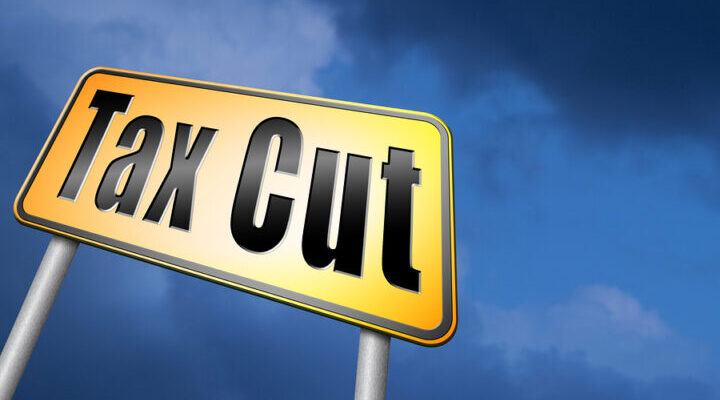In new research, the e61 Institute has found that the former South Australian government reforms to remove payroll tax for small businesses have produced some perverse consequences. In particular, it found that SMEs had to stop growing and reduce or stagnate wages to avoid high tax rates.
The payroll tax rate changes
The removal of payroll tax came into effect in 2019. South Australia increase the tax-free threshold from $600,000 to $1.5 million while maintaining the maximum deduction at $600,000. Meanwhile, they created a variable rate from 0 per cent to 4.95 per cent for payrolls between $1.5 million and $1.7 million. The payroll tax rate for larger businesses – those with payrolls above $1.7m – was unchanged at 4.95 per cent.
The combination of the new tax rate schedule and the maximum deduction entitlement remaining unchanged at $600k meant that the effective marginal payroll tax rate increased from 4.95 per cent to roughly 27 per cent for firms with payroll between $1.5 million and $1.7 million.
SMEs had to pay employees less and stop growing to avoid more tax
The measure resulted in companies having to ‘bunch’ just below the $1.5 million threshold. This meant that the number of companies with payrolls between $1.35 million and $1.5 million increased by 21 per cent.
Of the extra firms that bunched below the threshold, 34.5 per cent had cut their wage bills while 31 per cent had stopped growing. The other 34.5 per cent had not been growing prior to the change.
The businesses that slashed their wage bills decreased their payrolls by $5.9 million overall, roughly $52,500 per firm. This significantly outweighed the increase of $3.5 million or $2,500 per firm of smaller businesses’ payrolls, who paid less tax as a result of the reform. This equalled a net wages reduction of $2.4 million. Meanwhile, the number of firms with payrolls between $1.5 million and $1.65 million decreased by 18 per cent
“South Australia’s decision to cut payroll taxes for small businesses appears to have created a barrier to firm growth,” said e61 Research Economist Rachel Lee. “Many of the firms that bunched just below the tax-free threshold were growing firms that likely would have crossed the threshold if not for the policy change.”
“These small, growing firms are the ones that do the most to drive aggregate job creation and innovation in the economy. Our findings highlight that firms do respond to changes in payroll tax rates and that in some cases, providing protections to small businesses can be costly to firm growth,” Lee added.














